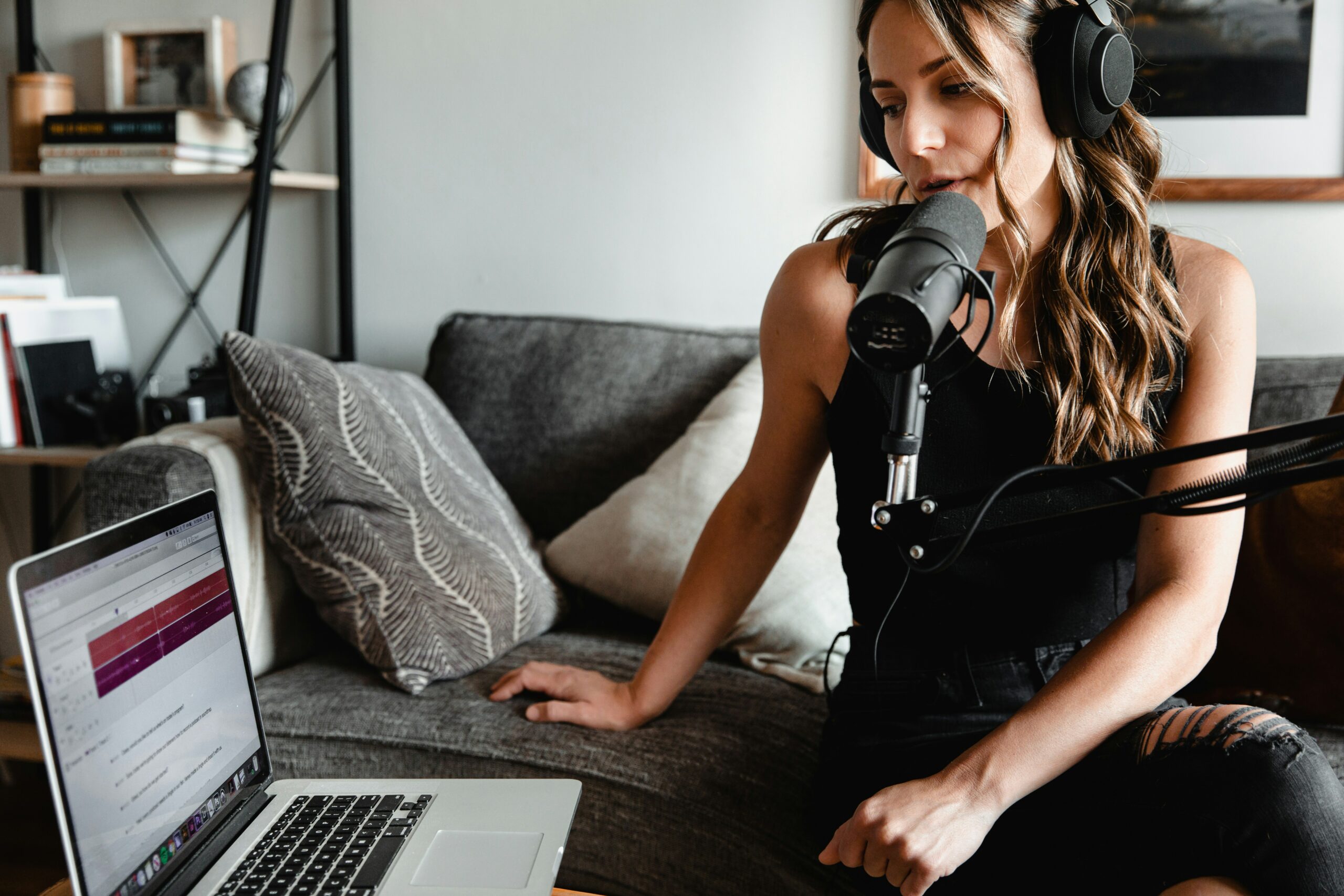By Alex Blakemore, Newsroom Director
The Q2 2025 RAJAR results highlighted some interesting facts about how the UK population listens to radio.
The great news is radio in the UK is still booming with 50 million people tuning in every week – that’s a huge 86% of the population.
- Interestingly, a fifth of those listening to radio do so via catch up at least once a month on apps or online.
- More than three fifths of smart speaker users listen to radio on their device, and 22% of
those listen to radio every day on their device. - People listen to more than 20 hours of LIVE radio each week.
These statistics reflect a broader shift in our media listening habits and how audiences connect with broadcasters.
TV content expanding across platforms
It’s a similar story with TV. If you read Ofcom’s latest report on linear TV (Media Nations, July 2025) you might have been left thinking, “TV is dying, so what’s the point?”
But that couldn’t be further from the truth.
According to BARB, people still watch an average of 15 hours of TV a week. And the value of that
content doesn’t end with the broadcast. It lives on through catch-up services, YouTube clips,
trending social videos, and news coverage.
Much of what we see online still originates from traditional TV. As media guru Tess Alps put it, “TV
isn’t dying, it’s having babies.”
Ofcom also just published their Public Service Media Review which highlighted how traditional
broadcasters are under pressure and must become more visible on platforms like YouTube. YouTube
is now the second most-watched media service in the UK – just behind the BBC and ahead of ITV.
Interestingly, just shy of half of average daily YouTube viewing is done on a TV set:
- In 2024, people spent an average of 39 minutes a day on YouTube, with 16 of those minutes
on a TV screen. - Younger adults aged 16 to 34 are driving this trend, watching 18 minutes of YouTube daily
on TVs. - Meanwhile, 20% of children aged 4 to 15 open the app first when turning on the TV.
Broadcast media from a PR perspective
This shift in viewing habits isn’t new for TV or radio. It’s been an evolution that’s tracked alongside
the digital revolution. And in the world of PR, it’s not something to fear, but to embrace.
Newsrooms are adapting too. For example, BBC regional teams now work across TV, radio, online,
and social media, often using one reporter to gather everything.
For PR professionals, this means greater value and reach. A single interview can now appear on
multiple platforms, reaching wider audiences than ever before.
Ofcom’s findings show just how important it is for broadcasters to adapt quickly. Audiences might be
watching on their phones, but the opportunity is still there, if we evolve with them.
That means thinking beyond the usual with some regular tactics such as creating B-roll in both
landscape and portrait, offering spokespeople for traditional interviews and content designed for
social media.
From my clients’ perspectives, TV remains the jewel in the crown of the media landscape. We’re
working with producers and journalists who are also navigating this new world, to develop stories
and content people genuinely want to watch, share, or stream, whether they’re on the sofa or the
bus.
Broadcast is changing, and the opportunity is huge for those willing to adapt.
If you would like to speak to us about capturing the public’s attention through earned media, or
maximising the impact of your next marketing campaign, please get in touch.
